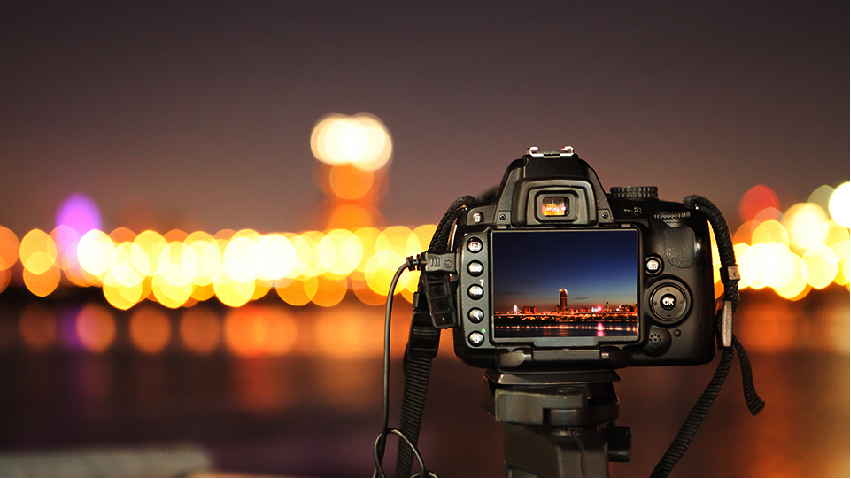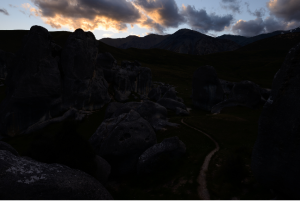
25 Feb 7 photography tips and tricks to help you take better photos at night
After the good reception that our recent guide on night photography had: ” The night photographer’s guide: this is what you have to know to take photos at night “, we have thought to delve into night photography but from another point of view and not so focused on long exposure photographs but aimed at other types of situations in low light conditions.
There is a whole world of photographs that are related to the night or low light conditions if you prefer. And since, after all, the word photography means ‘painting with light‘, the night presents peculiarities that we must know how to solve. For this, we have compiled a list of 7 tips and tricks to try to get the best result when taking photos at night.
Use spot metering well
In low light conditions, accurate measurements are difficult, so it is best to use spot metering. . why? Using spot measurement we measure in the area that we want to be well exposed and we forget, in part, about the rest. Imagine, for example, at a concert. The interesting thing would be to measure the exposure on the singer’s face.

Big openings, a great ally at night
A quick and direct way to make one element stand out from the rest is to blur the rest, and the easiest way to do this is to use large apertures, or relatively long focal lengths when appropriate. But this, which is quite well known when we talk about portraits or street photography, has a fundamental advantage at night: more light enters the lens. Which will mean that we can use a faster speed and avoid judder. For example, if we are taking night portraits.
Forget blurry photos by ensuring a “safe” shutter speed
We have two options: make long exposure or not. For the first option, the best trick is to go to our Night Photographer Guide. For the second, let’s think about night situations such as a concentration of people, street photography, concerts, and similar shows. Put in the situation, the best trick is to make sure you don’t have a blurred photo. To do this, try to ensure 1/125″ at least, remember that depending on your pulse you could get to take pictures below 1/60″ but it is not usual.
Any support for the camera is welcome
Any support is valid for our camera. Think of events such as a concert, a demonstration, or the procession of the Three Wise Men, in these types of situations it is impossible to use a tripod due to a large number of people and the time we would lose moving around and using the tripod. We need something lighter, so you can use a monopod. A wall, a good posture, also helps. On the other hand, if we have space around us, the best trick to stabilize is and always will be to use a good tripod.
Prefocus, the last resort
A solution that can be a last resort. It is something that some event photographers often do at a typical wedding dance. In those brightly lit clubs using autofocus can be a real torture. In those cases, we could do the following. We use an aperture of f/5.6 of/8 and focus at a distance of, say, about two meters (if we have a tape measure it can help). Once the focus was successful, we left the autofocus in manual mode and did not touch anything else. We use, of course, the highest ISO we can.
The flash is a great companion
The previous situation improves in terms of the quality of the photographs if we have a flash or some type of lighting. Knowing how it works and taking advantage of it will allow us to provide the scene with a certain amount of light that we lack and, in addition, do it in a controlled way.
Semi-automatic modes are your friend
If the type of photography is casual, street, reportage photography, a good starting point is to start with the semi-automatic shooting modes, based on these measurements, then vary the parameters depending on the type of photo you are looking for.
In summary
Photographing at night is one of the most complicated but also one of the most fun activities for a photographer and in which creativity can best flourish.
Photographing at night offers a very wide range of possibilities for taking photographs, but it requires quite a bit of knowledge about light. I hope you liked these tips and see you in the next photographic chapter.
You may also be interested in Eleven Best Fashion Photography Tips

Sorry, the comment form is closed at this time.